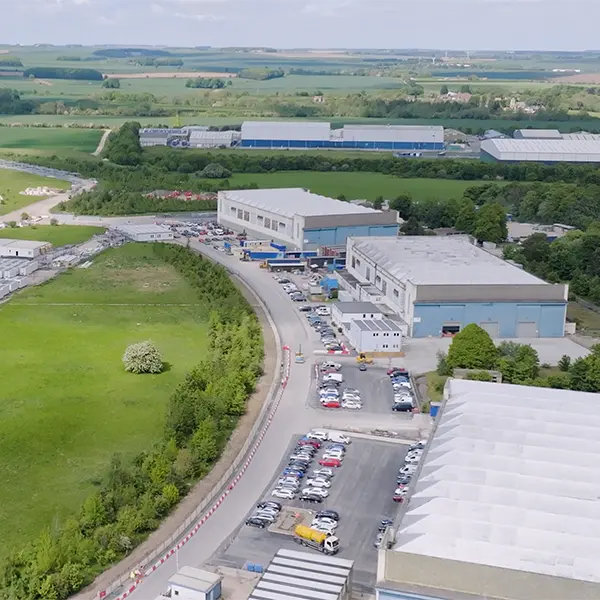Modular buildings are an innovative construction method where structures are built off-site in controlled factory environments using the same materials and standards as traditional construction. These structures are created in sections, known as “modules,” which are then transported to the construction site and assembled into a complete building. This process allows for high-quality, efficient, safe and sustainable construction.
Poised for expansion
The modular building industry is heading for significant growth, with the global market expected to double in value by 2030. Enlight10 is a young, ambitious mechanical and electrical (M&E) contractor with plans to be a big part of that growth, challenging the “way it’s always been done” and looking for new ways to push our industry forward every day.


A brief history of modular buildings
The concept of modular construction dates back to the early 20th century, gaining significant traction post-World War II because of the urgent need for rapid and affordable housing. Originally, modular homes were seen as temporary solutions, expected to last about ten years.
However, technological advancements and a growing emphasis on sustainability have transformed modular construction into a sophisticated, reliable alternative to traditional building methods. Today, it is embraced for its speed, cost-effectiveness and quality, shedding the outdated “prefab” stigma.

Benefits of modular construction
When compared to traditional construction methods, a modular building has a number of advantages, which is why it is growing so fast. These benefits include:

Off-site manufacturing
Modular buildings are constructed in controlled factory environments, which enhances quality control, minimises material waste and improves worker safety. This method also mitigates delays caused by adverse weather conditions, ensuring a smoother construction process.

Reduced construction time
Projects using modular construction can be completed up to 70% faster than traditional methods. This efficiency is achieved by simultaneously preparing the site and manufacturing the building modules, significantly speeding up the overall timeline.

Environmental impact
Modular construction substantially lowers the carbon footprint by reducing vehicle movements and material waste. Studies indicate that waste can be cut by up to 40%, contributing to more sustainable building practices.

Less disruption
With most of the construction occurring off-site, there is less noise, dust, and disruption in the surrounding areas. This reduction in on-site activity is particularly beneficial for urban and residential areas.

Sustainability
Modular buildings offer greater flexibility and reusability. They can be disassembled, relocated, or refurbished, reducing the need for new raw materials and minimising energy expenditure. Additionally, building in a factory allows for better recycling practices and improved air quality in the final structure.
The future of modular construction
The modular building industry is poised for significant growth, with the global market expected to double in value by 2030. This trend is driven by the increasing demand for efficient, cost-effective and sustainable construction solutions. The industry is also creating new job opportunities and improving worker safety by shifting much of the construction process to controlled factory environments.
Modular construction is not limited to low-rise buildings; it is increasingly being used for high-rise structures, demonstrating its scalability and versatility. Educational institutions and urban planners are also recognising the benefits of modular methods for creating functional, adaptable spaces quickly and efficiently.
As technology continues to advance, the modular construction industry will continue to innovate, offering even greater benefits and transforming the way we build.


